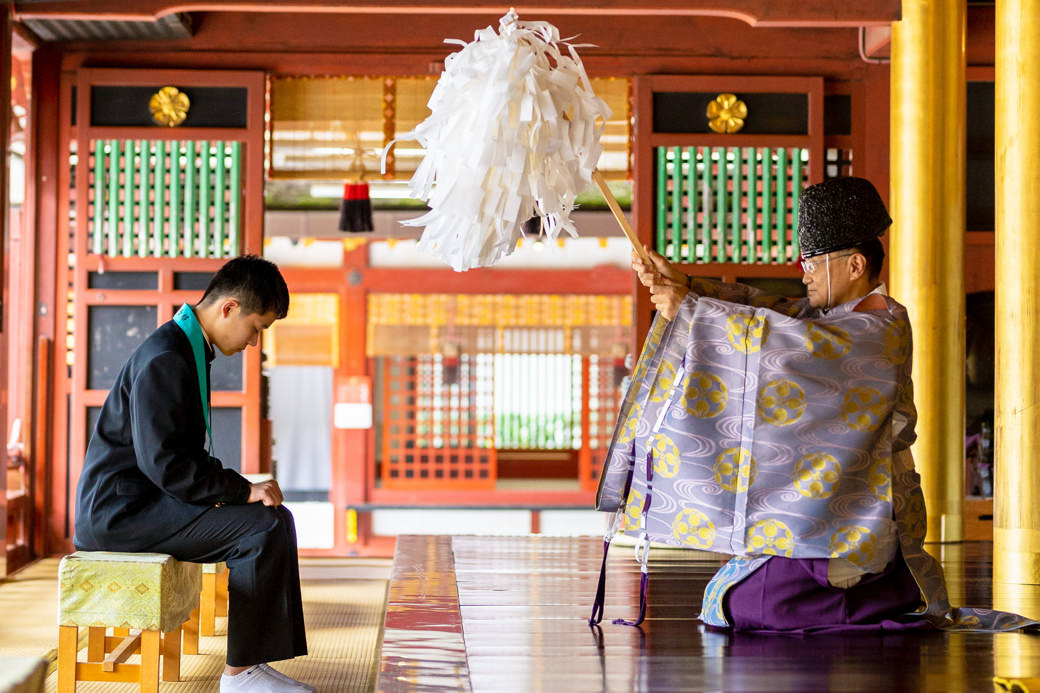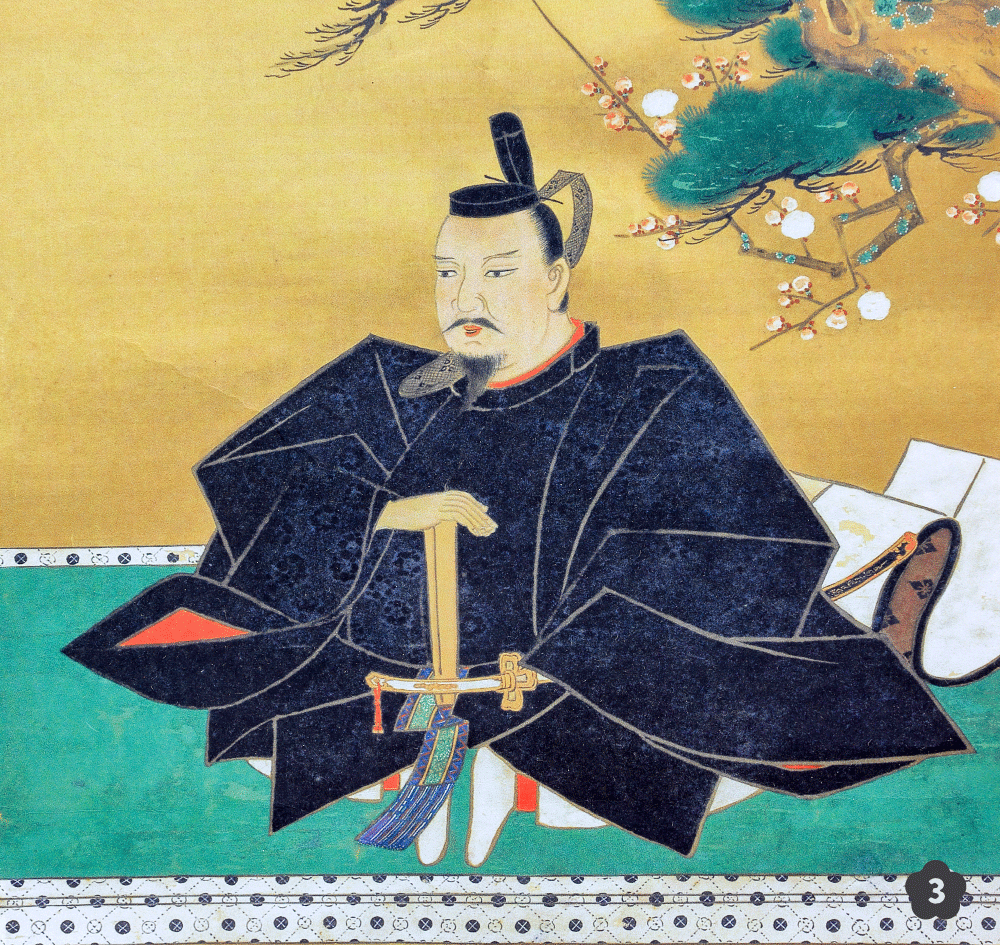


Dazaifu Tenmangu
The sacred ground for students and scholars, dedicated to the deified spirit of a great poet.
One of Japan's most important Tenmangu shrines, Dazaifu Tenmangu in Fukuoka is built over the grave of the brilliant scholar Sugawara no Michizane, now the kami of learning.
History of the Shrine
This shrine's story is a dramatic tale of political intrigue and divine retribution. Sugawara no Michizane (845-903) was a prominent scholar, poet, and politician of the Heian Period, who rose to a high position in the imperial court. However, his rapid rise earned him the jealousy of his rivals in the powerful Fujiwara clan. Through slander and political maneuvering, they had him unfairly demoted and exiled from the capital in Kyoto to the remote government outpost of Dazaifu in Kyushu.
Michizane died in exile two years later, full of sorrow and resentment. Shortly after his death, a series of plagues, floods, and lightning strikes ravaged the capital, and several of his chief rivals died in quick succession. These calamities were attributed to the vengeful spirit ('onryo') of Michizane. To appease his powerful ghost, the imperial court posthumously pardoned him, restored all his titles, and built a magnificent shrine over his grave. He was deified as Tenjin, the 'heavenly deity' of scholarship, transforming him from a vengeful ghost into a benevolent protector.
The Enshrined Kami
Tenjin is the deified spirit of Sugawara no Michizane. Once feared as a powerful 'onryo', he is now revered as the benevolent kami of scholarship, literature, and sincerity. His transformation is a classic example of the Japanese religious concept of appeasing and elevating powerful spirits to become protectors.
As Tenjin, he is the patron of all students, scholars, and artists. Millions of students visit his shrines every year to pray for success in exams, from elementary school entrance tests to university finals. He also represents the virtue of 'makoto' (sincerity) and is prayed to for protection against false accusations and for the truth to be revealed, reflecting the injustice he suffered in life.
What to See
The shrine grounds are extensive and beautiful. After passing through the torii gate, visitors cross a picturesque arched 'taikobashi' bridge that spans a heart-shaped pond, symbolizing the cleansing of the mind before meeting the kami. The grounds are famous for their 6,000 plum trees ('ume'), which were Michizane's favorite flower. According to legend, one particular plum tree, the 'tobiume' (flying plum), was so devoted to Michizane that it uprooted itself from his garden in Kyoto and flew to Dazaifu to be with him in exile. This tree is still the first to bloom each year.
A key feature for visitors, especially students, are the numerous statues of sacred oxen ('goshingyu'). The ox was Michizane's trusted messenger, and it is believed that rubbing the head of one of these statues will grant wisdom and success in studies.
Major Festivals
The 'Jinkoshiki Taisai' in September is the shrine's main festival, featuring a grand procession that reenacts the journey of Michizane's spirit from his place of exile. The 'Kyokusui-no-En' in early March is a beautiful and elegant event that recreates a Heian period poetry-composing party. Participants in ancient court costumes sit by a stream and must compose a poem before a cup of sake floats down to them. This festival celebrates Michizane's incredible talent as a poet.
Support Dazaifu Tenmangu
Your participation helps preserve this sacred site for future generations. Every digital offering contributes to real shrine preservation efforts across Japan.
By making an offering, you become part of a global community honoring Japanese spiritual traditions and supporting the cultural heritage that has been cherished for centuries.